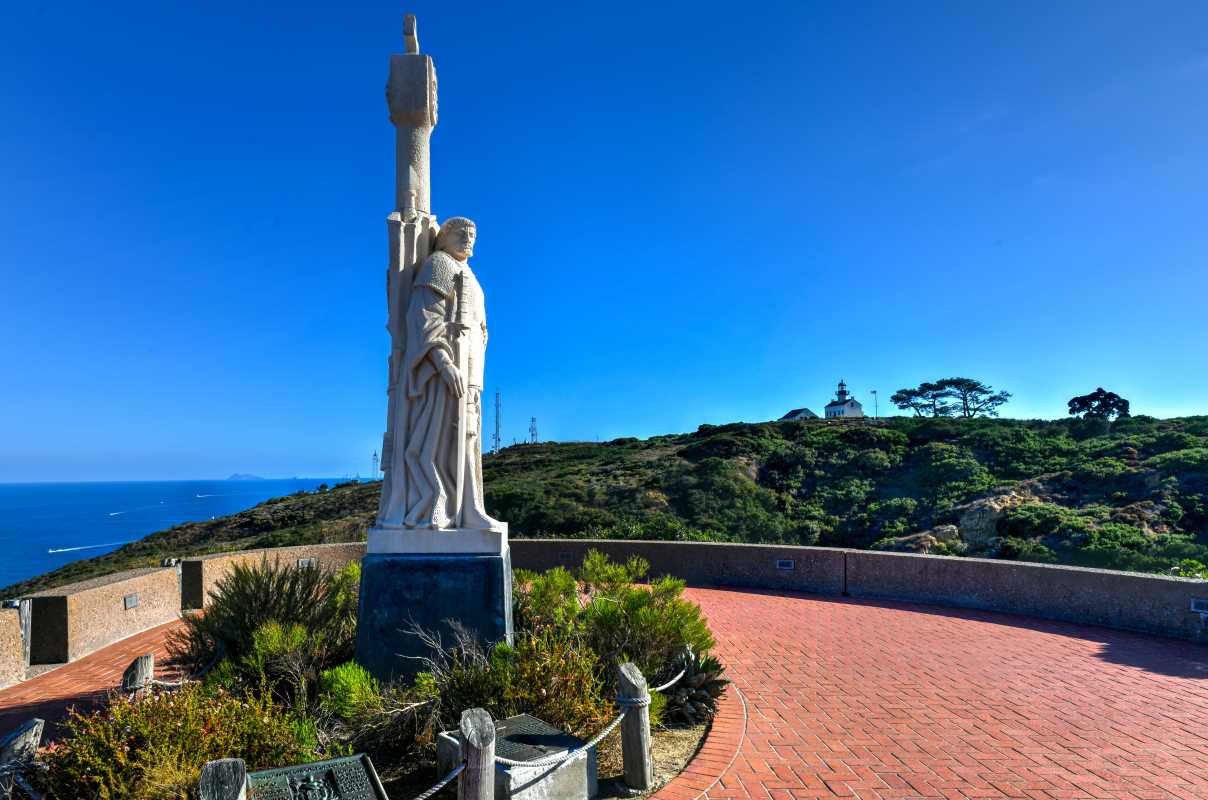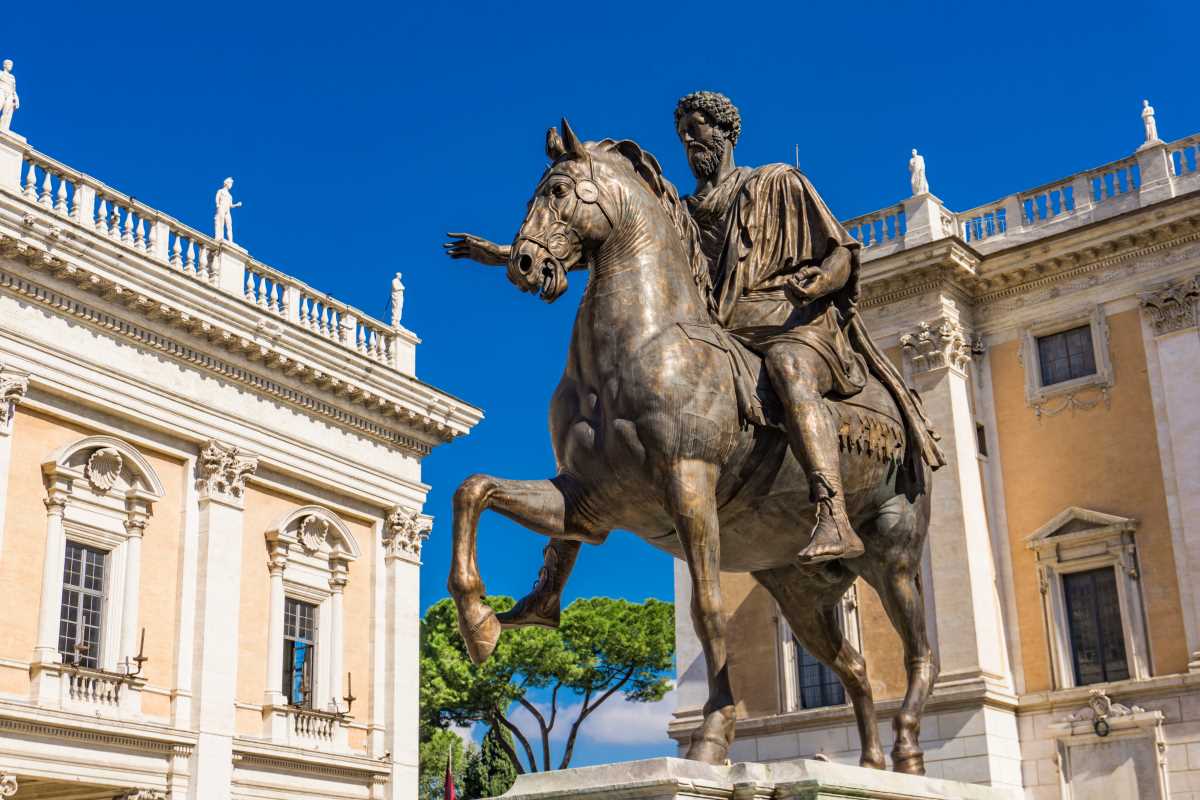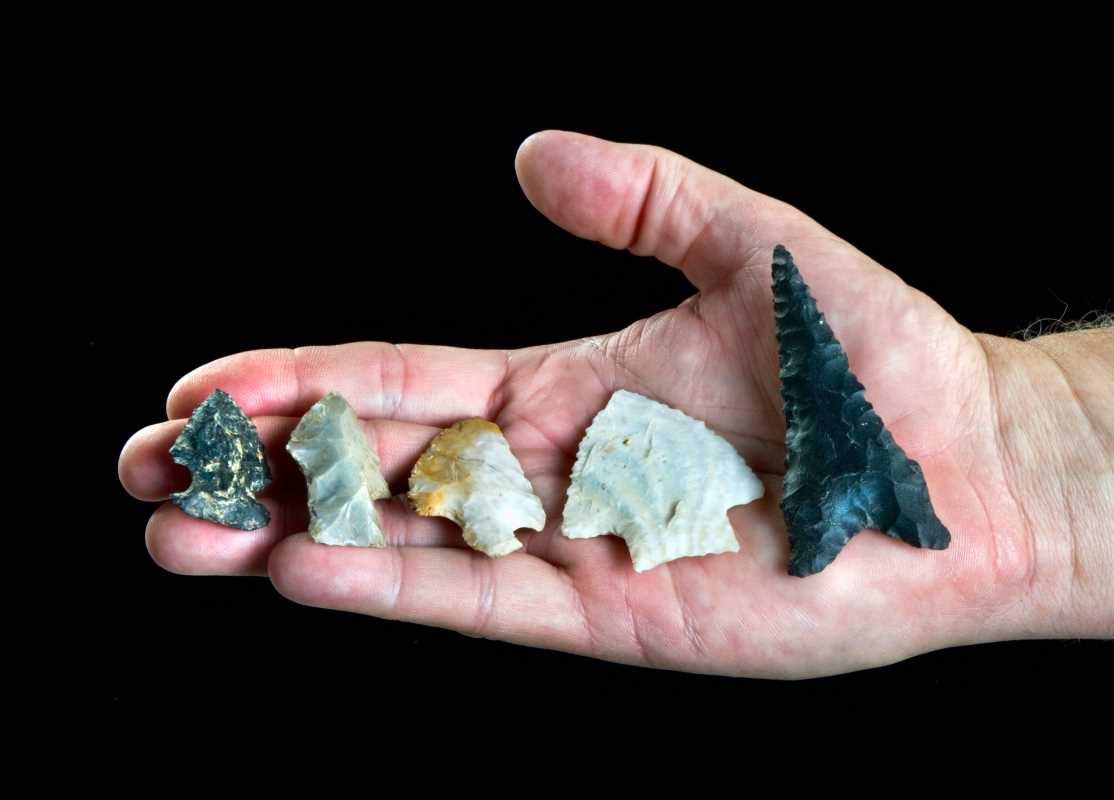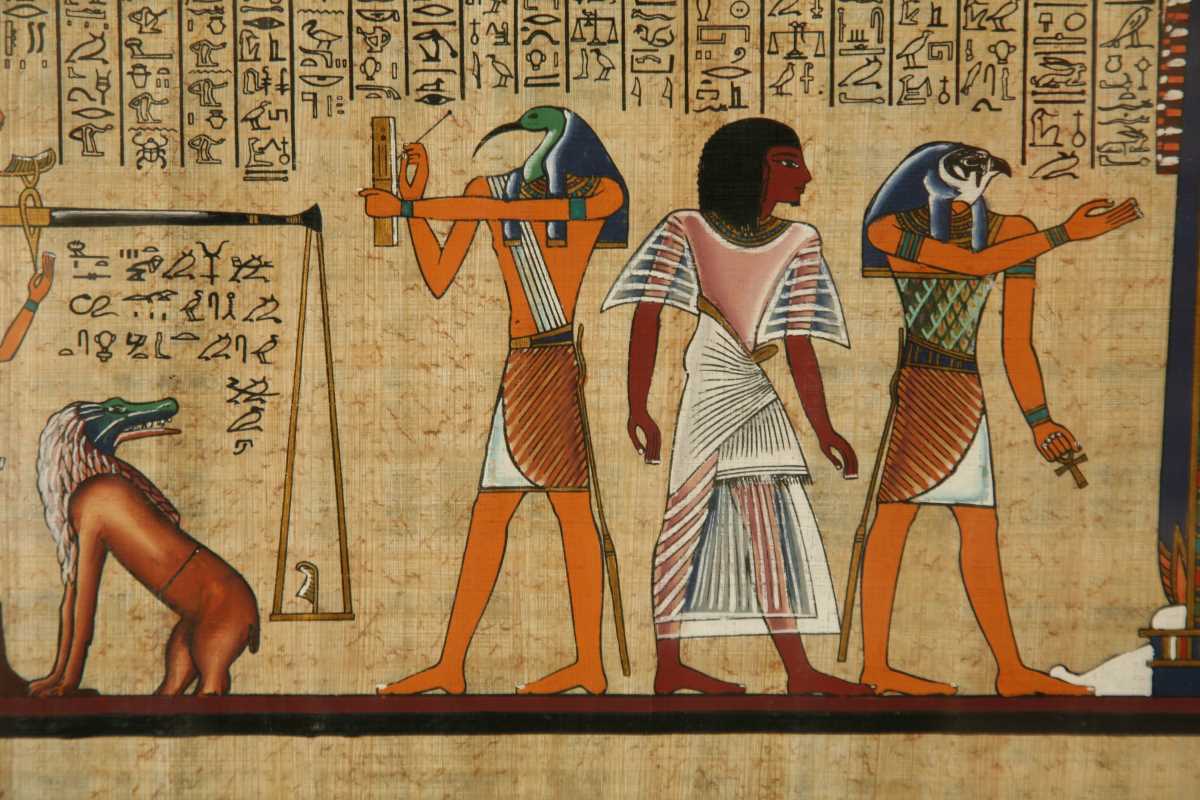Public monuments are everywhere. Whether it’s a towering statue in the middle of a park or a simple plaque on a city sidewalk, they’re an important part of our communities. But have you ever stopped to think about why they exist? Public monuments don’t just make spaces look nicer. They have a deeper purpose, serving as reminders of the events, people, or ideas we’ve deemed important enough to commemorate. From ancient stone carvings to modern memorials, public monuments tell the story of humanity itself, reflecting our struggles, triumphs, values, and even controversies.
To truly understand why public monuments matter, it’s worth exploring their history and how their significance has evolved over time. Join us as we uncover their origins, their many forms, and why they continue to capture both admiration and debate today.
Ancient Roots
Monuments have been around as long as civilizations have existed. Early societies used them as powerful tools to communicate messages, honor leaders, or show loyalty to gods. These early monuments weren’t just art; they were statements.
Monuments of Power and Legacy
One of the oldest known monuments is the Great Sphinx of Giza in Egypt, built around 4,500 years ago. Designed to guard the nearby pyramids, the Sphinx symbolizes strength and divine authority. Similarly, the pyramids themselves were built to honor pharaohs, preserving their legacy for eternity. These massive structures were not just tombs; they were designed to show the power and grandeur of the ruler.
The Roman Empire took public monuments to another level. Triumphal arches, such as the Arch of Titus, celebrated military victories and reminded citizens of Rome’s dominance in the world. These monuments served a dual purpose. They honored individuals, like generals and emperors, while also reinforcing loyalty and admiration for the empire itself.
Religious Expressions
Many early monuments also had deep spiritual meaning. Temples, obelisks, and statues were built to honor gods and requested their favor. For example, the Moai statues on Easter Island not only represented ancestors but also acted as spiritual protectors of the Rapa Nui people. These monuments connected the people to their beliefs and their heritage in a very tangible way.
Public Monuments During the Renaissance and Beyond
The Renaissance ushered in a new era for public monuments. During this period, artists combined artistic skill with symbolic storytelling to create stunning sculptures and memorials. Wealthy patrons funded these works as a way to celebrate not only their own status but also the achievements of humanity.
Reviving the Classical Tradition
Renaissance artists, inspired by the ancient Greeks and Romans, brought back classical ideals of balance and beauty in their monuments. Michelangelo’s “David” is one of the most famous examples. It wasn’t just a remarkable work of art; it symbolized human potential and the defense of civic freedom for Florence. Such monuments weren’t only about the person or event they honored; they reflected broader themes like liberty, strength, and human dignity.
Nationalism and Political Monuments
Following the Renaissance, new monuments began to focus on nationalism and political events. For instance, the Napoleon Column in Paris, modeled after ancient Roman columns, celebrated Napoleon Bonaparte’s military accomplishments and his vision of France as a dominant global power. Monuments like these were designed to unite people under shared pride for their country.
The Evolving Purpose of Monuments in Modern Times
While older monuments primarily celebrated gods, rulers, or empires, modern monuments have taken a more inclusive approach. They now often commemorate ordinary people, tragic events, and social movements, making them accessible symbols of collective memory.
Memorials to Wars and Heroes
The 20th century saw the rise of monuments dedicated to common soldiers and victims of conflict. The Lincoln Memorial in the United States isn’t just a tribute to Abraham Lincoln; it’s a statement about democracy and justice. Similarly, structures like The Vietnam Veterans Memorial in Washington, D.C., honor those who sacrificed their lives in war while allowing visitors to reflect on the cost of conflict. These memorials are often personal, with names and stories allowing for deep, emotional connections.
Monuments for Social Justice
Recent years have also seen the creation of monuments promoting social justice and awareness. For example, the National Memorial for Peace and Justice in Alabama, often called the “lynching memorial,” honors the victims of racial violence in America. It confronts a painful history head-on while encouraging conversations about equality and healing.
When Monuments Become Controversial
While many monuments inspire unity and admiration, others have sparked fierce debates. The reason? Values and perspectives change over time. What one generation sees as worth honoring, another might see as harmful or outdated.
Monuments with Complicated Histories
One example of this debate is the controversy around statues of Confederate leaders in the United States. These monuments, erected after the Civil War, are seen by many as symbols of racism and oppression, while others see them as representations of Southern heritage. Similar debates have arisen worldwide. For example, in the United Kingdom, statues of colonial figures like Cecil Rhodes have come under scrutiny for their connection to exploitation and imperialism.
Removing or Relocating Monuments
When a monument no longer aligns with a society’s values, what should be done? Some argue for removal, believing it’s wrong to glorify figures or ideas that no longer represent a community. Others suggest moving controversial monuments to museums, where they can be contextualized as historical artifacts. The ongoing discussion around monuments shows how deeply they’re tied to questions of identity and memory.
Despite the debates, public monuments continue to play a crucial role in modern society. They act as touchstones for reflection, inspiration, and learning. Here’s why they remain significant:
- Preserving History: Monuments serve as living reminders of events, people, and cultures. They ensure that what we value is not forgotten by future generations.
- Uniting Communities: Shared monuments create a sense of common identity, bringing people together around shared stories and ideals.
- Encouraging Dialogue: Even controversial monuments spark discussions about history, justice, and progress. They challenge us to reflect on how we view the past and shape the future.
 (Image via
(Image via




